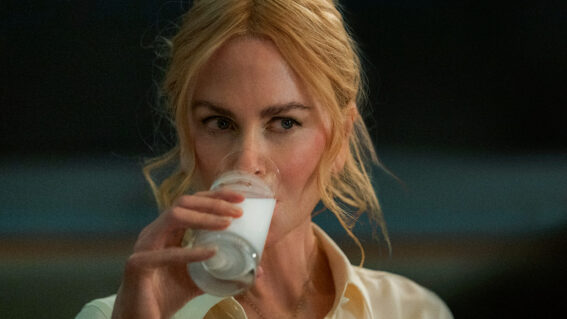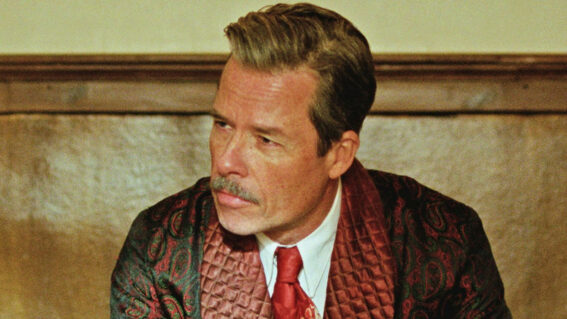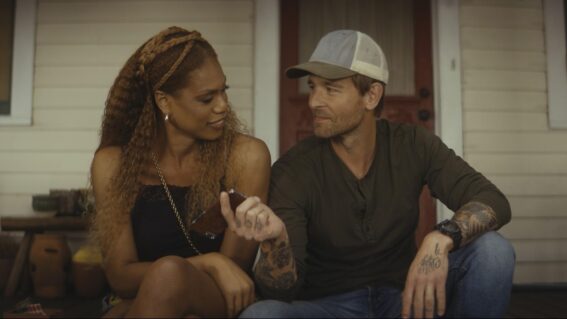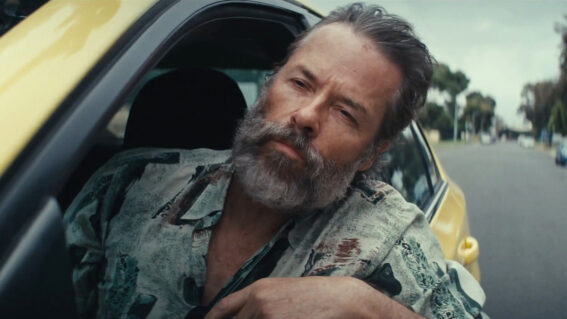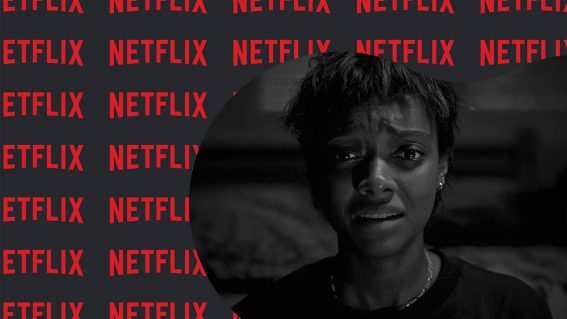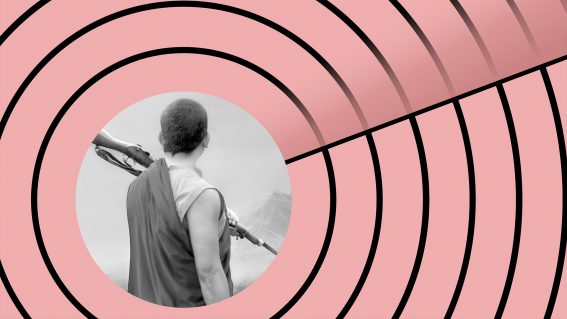Firebite’s creators on why vampires are arseholes – and an invasive European species
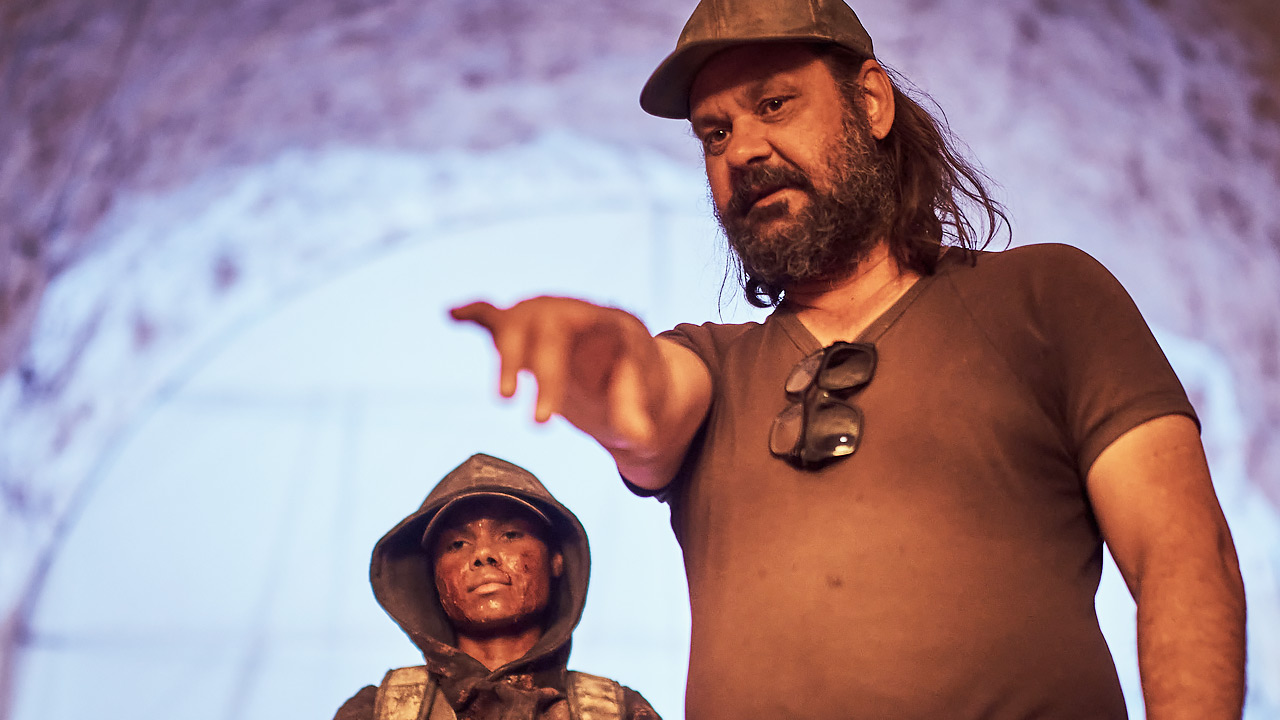
AMC’s new series Firebite is a vampire show with a difference. Stephen Russell speaks to co-creators Warwick Thornton and Brendan Fletcher about making their unique, punky, carnage-splotched fever dream.
There’s a bloodthirsty twist at the heart of First Nations-led show Firebite. Starring Rob Collins as Tyson, a reluctant vampire hunter in the mine-strewn surrounds of South Australian town Coober Pedy, he has to contend with fanged menaces preying on the local Indigenous community. The show posits that the arrival of these invading demons dates back to 1788, when the British forces brought over 11 bloodsuckers in the cargo hold—all the better to assist in their attempted genocide.
The most stomach-churning aspect of this revelation is that it may not be all that fictitious. It is argued that Captain Arthur Phillip and his men may very well have brought 11 vials of smallpox with them to do their dirty work.
“Anger is an energy, and you need to turn that into stuff,” truck cap-wearing co-creator Warwick Thornton says of this chilling fact as he swats away flies in a shady spot on location. “I could have made another Samson and Delilah or a Sweet Country. That real worthy, controlled and educational film I’m quite known for, but we needed to do something bigger with it.”
Vampires were a great fit, Warwick says: “If I’m going to represent a biological weapon, what’s the perfect example of that? I kind of like werewolves, and most genre monsters are misunderstood. Whereas vampires are just arseholes. They’re always pretty, they’re all rich and they always live in a fucking castle. It’s sort of like the Empire, in a way.”
Firebite is designed to look and feel like a stylish B grade horror movie in the vein of John Carpenter. It’s a punky fever dream that echoes Ozploitation classics like Mad Max and The Cars That Ate Paris. As led by Mystery Road’s ever-menacing Callan Mulvey, the vampires tend to come a cropper via a chainsaw or razor-edged boomerang, rather than the traditional stake. Thornton thrashed it out with co-creator Brendan Fletcher while the pair were sharing an apartment after their respective divorces.
“When I first pitched it to Brendan a very long time ago, I wanted to make something for the world,” Thornton says. “I likened it to a great 70s rock album, where you can just track the room to it, and then you can sit down and read the lyrics if you really want to get deep.”
They previously worked on the gutsy documentary We Don’t Need a Map, which unpicked the knotty issue of Australia’s relationship with the Southern Cross. “That was a test case of our partnership,” Thornton says, with Fletcher obviously having passed.
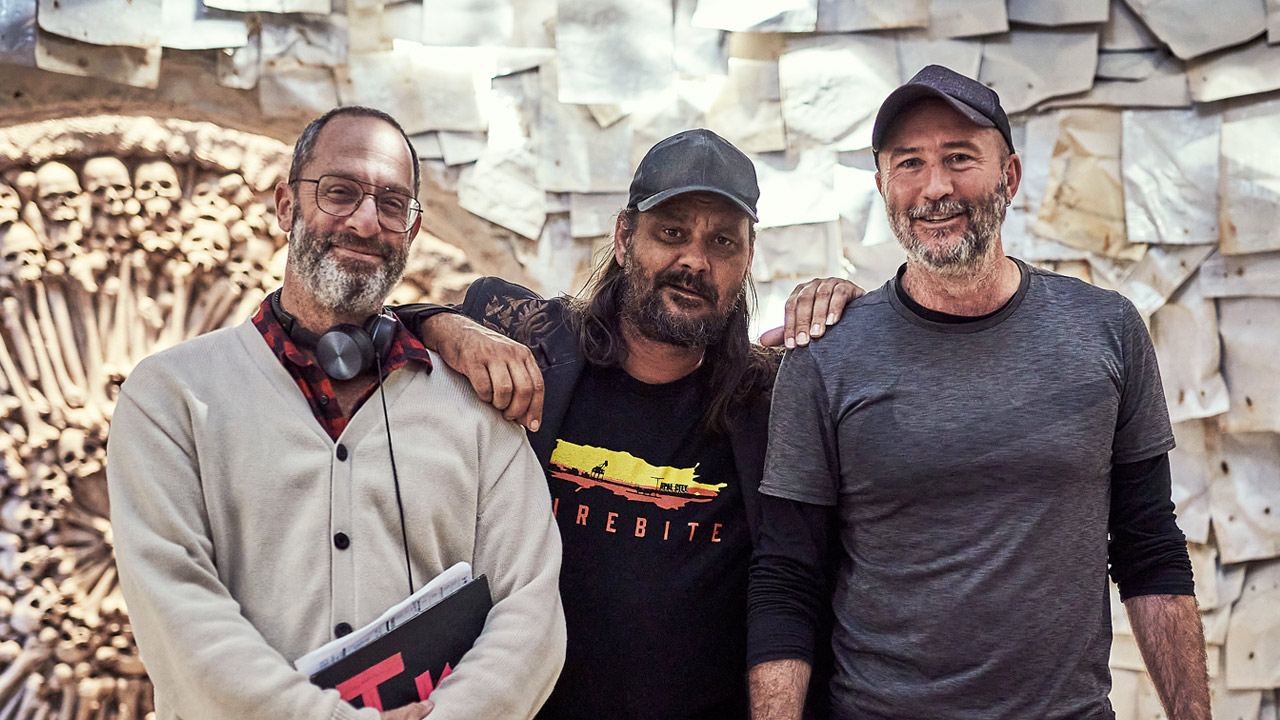
Tony Krawitz, Warwick Thornton and Brendan Fletcher on the set of Firebite
“It worked out really well,” Fletcher laughs. “I remember seeing Warwick’s short film Payback in the mid ‘90s and just going, ‘aww fuck, this guy’s good’. And kind of realising pretty early on that he had a very unique vision and a cool way of making films that I really liked. But you know, when you’re young, you’re kind of like competitive and you want to be the guy that’s making those films.”
Collins is joined on screen by Total Control co-star Shantae Barnes-Cowan as the fearless Shanika. Basically badgering her way into the gig, the dynamic duo wind up taking the reins from Pine Gap star Kelton Pell as traditional ‘blood hunter’ Jalingbirri.
“We needed someone with some cultural authority and Kelton just brings that man,” Fletcher says. “He really went there in that role, like he took it really seriously and that really suited the character. Whereas Tyson is the opposite, so that created a great onscreen dynamic.”
There’s a particular bond of protective camaraderie born of shooting in a spot where, if you’re not careful, you might slip down a mine shaft 50 feet deep, Thornton jokes.
“I love the idea of mining being a bit like the vampire that sucks the blood of the earth, in a way,” he says. “The mineshafts of Coober Pedy looks like a sore on your skin, or pockmarks. The actual landscape looks like a virus. All these amazing things that naturally happen when you find yourself in the right place at the right time with the right story.”
Fletcher can’t speak more highly of Collins and Barnes-Cowan: “They’re bona fide movie stars, both of them,” he says. “They’re both super-committed, you know? They’re not here for a haircut. ‘We’re here to make a film about killing vampires, train me up’.”
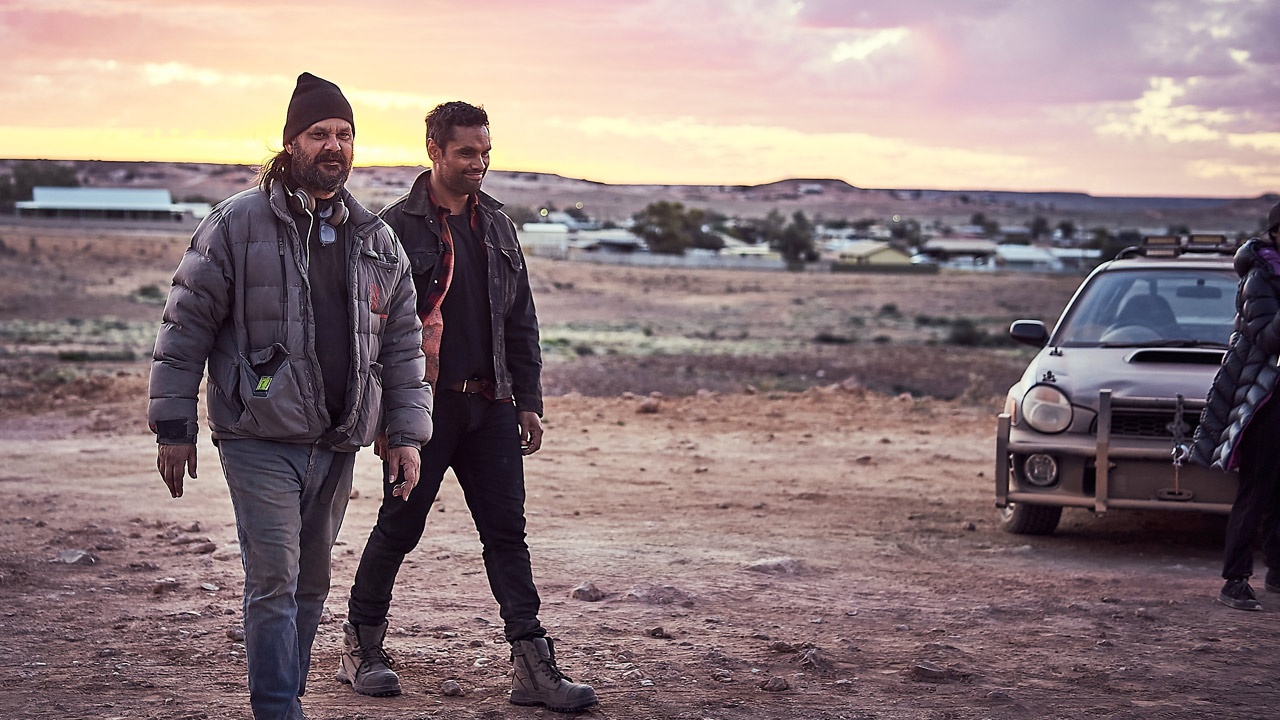
Warwick Thornton and Rob Collins
They both took on as much of their stunt work as possible, and most of the gory kill shots were achieved with practical effects.
“If we can do it in camera, we do it in camera,” Thornton says. “It’s got this really cool look and style then, and a connection to a period of genre I really love, that looks like stuff that I’d be watching on VHS in 1985.”
Fletcher can see Collins’ career skyrocketing, going so far as to say “he should be the next James Bond. He’s got a huge range. Early on, when we were wondering who to cast for Tyson, we though he seemed too nice, too much of a gentleman. And man, were we wrong! He’s such a pro and the deeper he goes into his dark side, the better he gets.”
Thornton previously directed The Darkside, a film that wove Indigenous ghost stories together.
“That’s in our blood,” he says of the fireside tradition. “All our oral history stories are about monsters and demons and morals. We live with spirits, and they are part of our existence. We recognise and celebrate them. Where other cultures obviously use ghosts as fear, we view them as ancestors. That’s what The Darkside was about.”
Blood suckers are an invasive European species, after all, Thornton notes.
“We did have a really great conversation about vampires not being part of Australia’s traditional storytelling. It’s a feral concept. They’re vermin, just as much as a fox or a red coat trooper.”




